The Ultimate Guide to Wearing Silk Sarees for Special Events
Silk sarees are an embodiment of grace and craftsmanship like no other fabric in the world. They are the crowning glory of Indian fashion and have been for countless generations already. No woman’s wardrobe is complete without sarees and when it comes to special occasions, there is no better choice than the shimmering silk draped across oneself to make the ultimate fashion statement.
Every state and region has adapted the silk saree into a unique reflection of its own culture and each is seemingly better than the last. Naturally, it can be a daunting task to pick the right one. We are here to help you with that.
A lot of thought goes into it starting from the colour of the saree suiting the time of the day to the fabric suiting the climatic conditions and ensuring your comfort. Some sarees like the Patola and the Banarasi also carry cultural significance as they are considered auspicious so one must be conscious of event-appropriateness when choosing them.
Understanding Silk Sarees
Banarasi: These are the most popular among silk sarees and are known for their rich colours and stiff texture. Their exquisite designs often feature brocade work or meenakari designs. The Banarasi silk saree is one of the rare garments that is suitable for every event or auspicious occasion.
Kanjeevaram: These are made with pure mulberry silk and come exclusively from Tamil Nadu. Some of the most durable silk sarees to exist, the Kanjeevaram is known for intricate motifs and royal colours like indigo, purple and fuschia pink.
Patola: There is seldom a saree more royal yet so playful than the Patola saree. These come in the double ikat weave that takes months to perfect and it is one of the only sarees to look the same on both sides.
These are just some of the more popular varieties. Other notable silk sarees include Mysore Silk, Paithani, Chanderi, Tussar, and Muga Silk. Each is known for different features like softness, texture, thick borders and colours.
Choosing the right silk saree for an occasion
Saree lovers would agree that a silk saree is appropriate attire for every single day and shouldn’t be limited to specific days and times of the year. But for those who don’t want to be more subtle with their fashion, the sarees can be broadly categorised into three groups- formal, semi-formal and casual events.
Formal Sarees (weddings, receptions, major parties)
Luxurious fabrics like Banarasi and Kanjeevaram are the most suitable for events of such scale. Their deep colours and shine aligns perfectly with the importance of the day.
Semi Formal (engagement, parties, smaller functions)
While the above sarees can still be worn for these functions (just accessorised differently), Mysore Silk, Pochampally and Chanderi may be more fitting. They are lighter, softer and allow an element of playfulness when socialising with other people.
Casual (family gatherings and festivals)
One may be tempted to dress down when it is just family around but it is hard to resist when your wardrobe has options like Pochampally and Bhagalpuri silk sarees. They are casual, stylish, and easy sarees that are pleasing to the eyes with their minimalistic patterns and will ensure that your family gives you some extra love and attention if you wear them.
Draping styles for silk sarees
The drape of the saree is influenced by factors like habit, comfort, occasion and culture. But whatever be the choice of the drape, the only rule it must follow is that it should suit the saree’s fabric and style.
Nivi Drape – This is the most well-known drape with the pleats in the front and pallu over the shoulder. It is flattering on everyone and perhaps the most universally loved and known drape across the country and abroad.
Bengali Drape – This drape focuses more on the pallu than the pleats and is suitable when the blouse is heavily embellished or the pallu features more work designs.
Modern Drapes – For the sake of versatility, you may experiment wearing the saree in Gujarati style or like a dhoti. You may also experiment wearing the saree like a lehenga or a gown and can even mix and match the sarees to create different outfits.
Accessorising your silk saree
Accessorising can dress up or dress down your entire outfit. The way you accessorise indicates how much use you can get out of your saree.
- Some flowers in your hair with minimal jewellery can make the saree more casual.
- Just simple jewellery can help take the saree from formal to more toned down. Similarly, heavy jewellery can elevate a casual saree to be more event-appropriate.
- Jhumkas and Chandbalis are always a classic and are a complete accessory by themselves.
- The necklace would depend on the neckline of the blouse. A choker suits a V-neck while a flowing necklace is better for a halter neck. Meanwhile, a square or a round neck would do well with a heavy necklace.
- These rules can be mixed and matched as per discretion, as long as the harmony of the look is maintained.
FAQs
1.How can I choose the right silk saree for an event?
Pick a silk saree depending on the importance of the occasion and depending on the time of the occasion, whether it is at night or day. Accessorise it right to dress it up or make it casual.
2.What are some tips for draping a silk saree?
Make sure that your saree is ironed before you start draping. Keep a few safety pins at hand to secure the drape. Ask for help if you are unsure and take your time with the saree.
3.How should I accessorise my silk saree for a special occasion?
Choose jewellery that complements the saree colours and design. A general rule of thumb is to remove one accessory after you get completely dressed, to strike that perfect balance and ensure that you have not gone overboard.

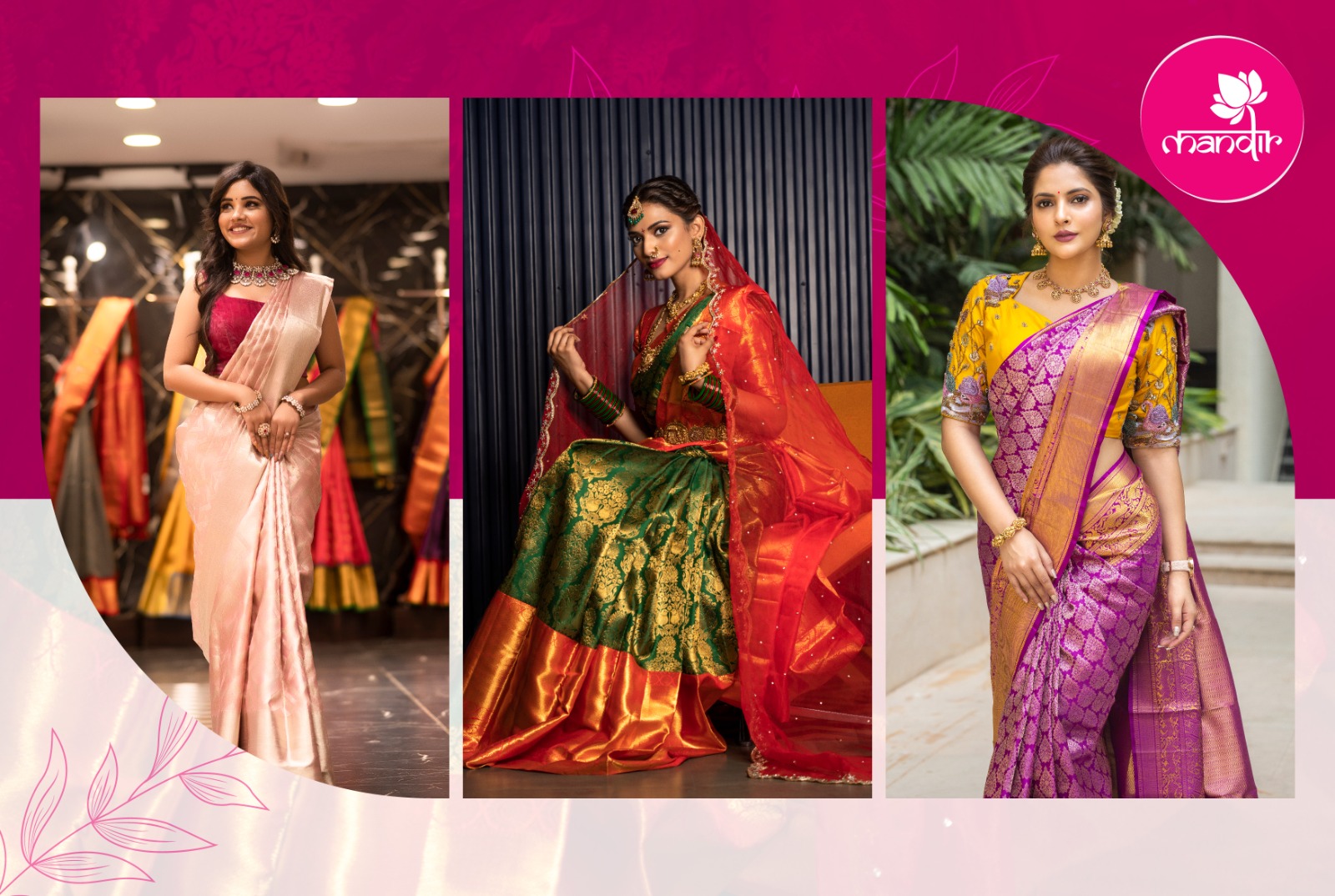
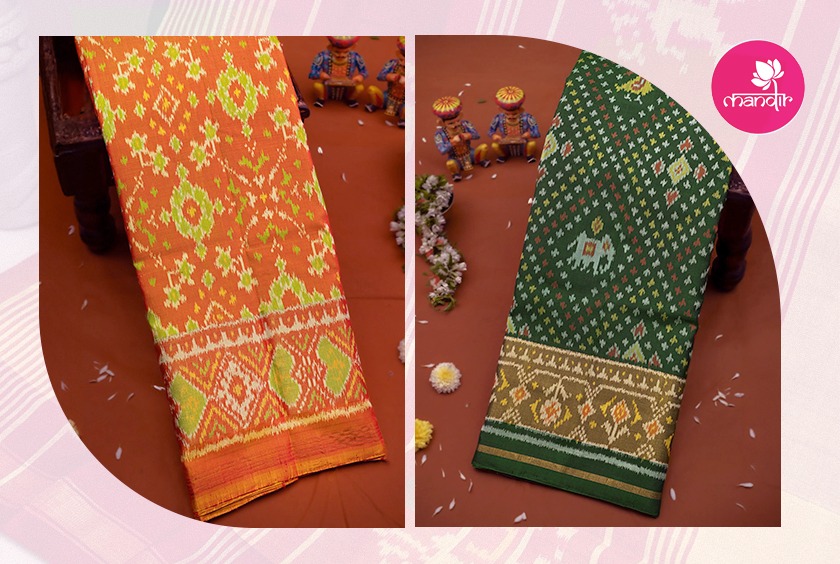
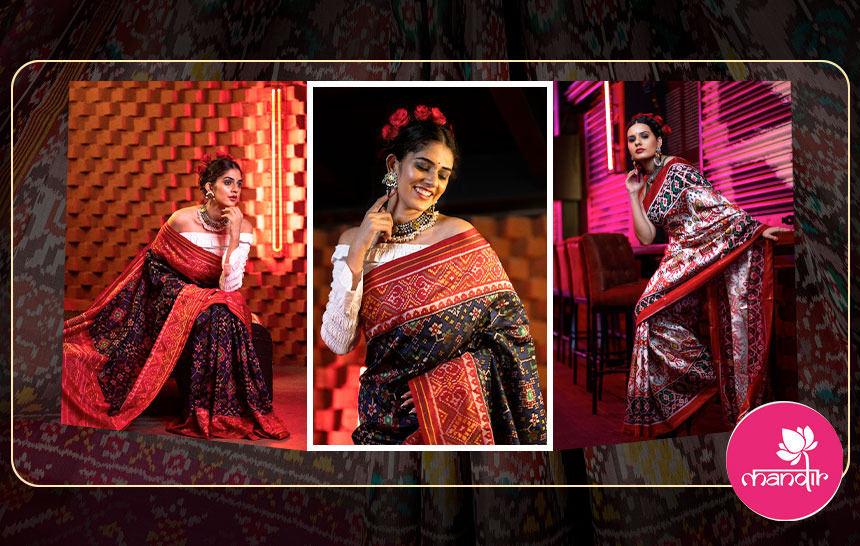
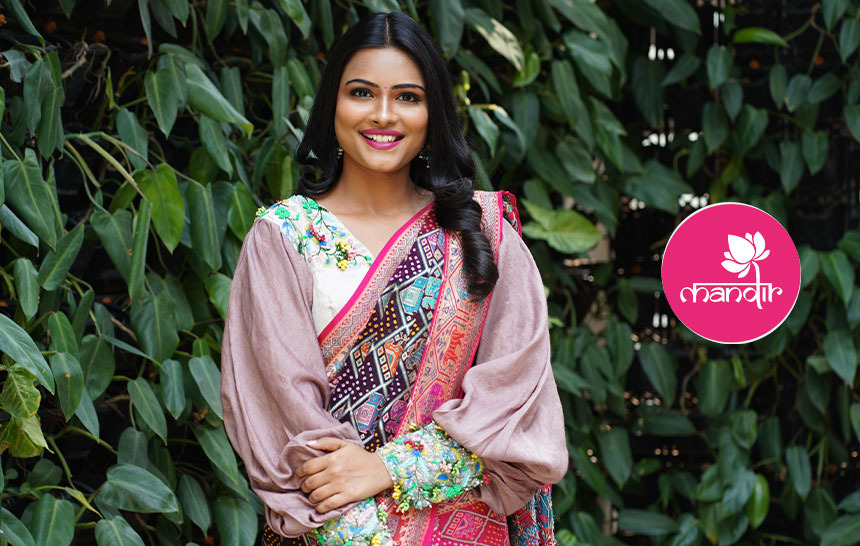
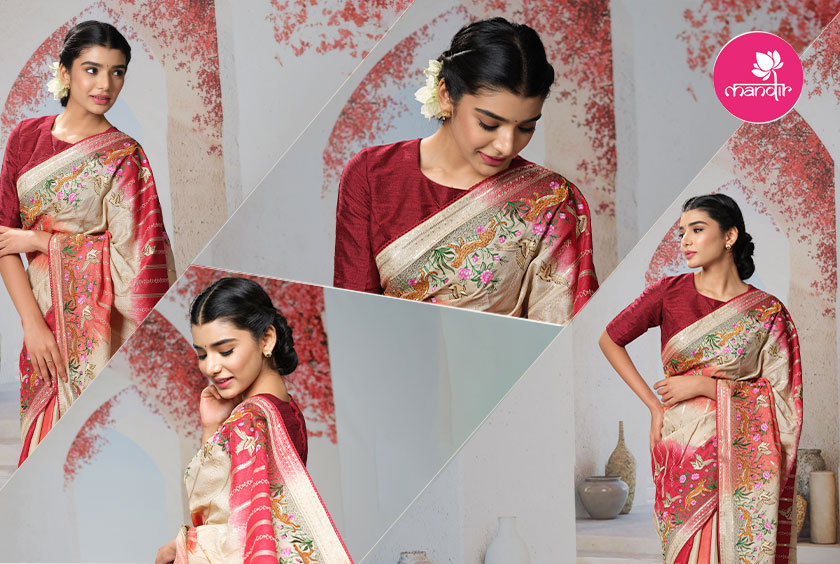
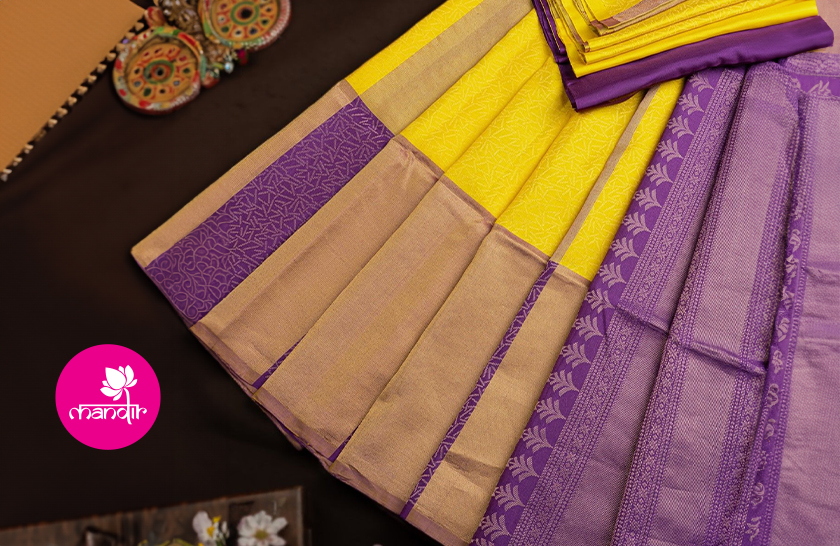
Leave feedback about this